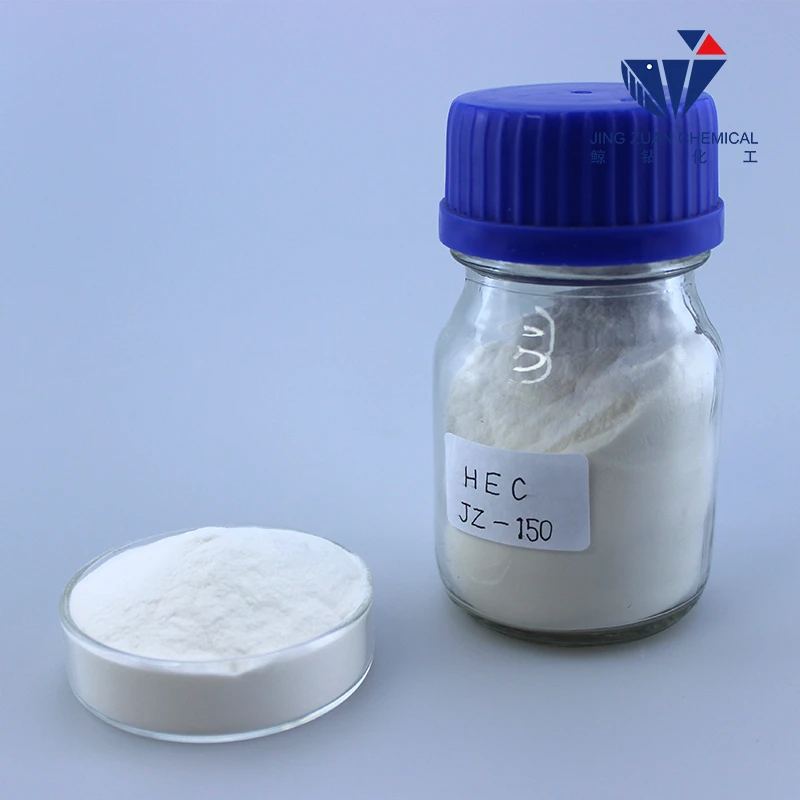
Авг . 16, 2024 13:06 Back to list
HPMC HS Code Overview and Its Applications in Various Industries
Understanding HPMC and Its HS Code
Hydroxypropyl Methylcellulose (HPMC) is a widely used polymer derived from cellulose. Its unique properties have made it popular in various industries, including pharmaceuticals, food, cosmetics, and construction. The identification and classification of HPMC are crucial for trade, regulation, and compliance with customs. This is where the Harmonized System (HS) code comes into play.
What is HPMC?
HPMC is a non-ionic, water-soluble polymer that serves multiple functions depending on its application. In the pharmaceutical industry, for example, HPMC is often used as a thickening agent, stabilizer, or drug delivery agent. Its biocompatibility and ability to form films make it excellent for controlled-release formulations. In the food industry, HPMC acts as a thickener and emulsifier, enhancing the texture and stability of products like sauces and ice creams.
In cosmetics, HPMC functions as a binder and viscosity-increasing agent in creams and lotions. In the construction industry, it is utilized as an additive in cement, gypsum, and tile adhesives, improving workability and extending open time.
The Significance of HS Codes
The HS Code, developed by the World Customs Organization (WCO), is an international system for the classification of traded products. HS Codes consist of numerical codes that facilitate the identification of goods in international trade. Each code corresponds to a specific product category, simplifying the process of import and export.
The importance of HS Codes cannot be overstated. They are essential for determining tariffs, applying trade regulations, gathering trade statistics, and ensuring compliance with international trade agreements. Proper classification of products under HS Codes is vital for businesses to avoid legal issues and unexpected costs.
hpmc hs code

HPMC’s HS Code
HPMC generally falls under the category of chemical products within the HS classification system. While the exact HS Code can vary by region due to differences in national regulations, HPMC typically falls under the broader category of cellulose derivatives. For example, in the Harmonized System, HPMC may be classified under HS Code 3912, which pertains to Cellulose and its chemical derivatives, not elsewhere classified.
It is important for businesses dealing with HPMC to seek guidance from supply chain experts or customs officials to ensure correct classification when importing or exporting. Incorrect classification can lead to customs delays, fines, or even confiscation of goods.
Compliance and Best Practices
To avoid complications, businesses should adopt best practices related to HS Code classification. This includes conducting thorough research on the product's characteristics, using detailed product descriptions, and consulting with experienced customs brokers. Documentation is crucial, and maintaining organized records can facilitate smoother transactions and audits.
Furthermore, staying updated on any changes to HS codes is essential. Regulatory bodies may revise classification systems, and companies must adapt to these changes to ensure ongoing compliance.
Conclusion
In summary, Hydroxypropyl Methylcellulose (HPMC) is an invaluable ingredient in various industries due to its multifunctional properties. Understanding the significance of its HS Code is crucial for businesses involved in international trade. Adhering to proper classification practices not only aids in regulatory compliance but also enhances overall efficiency in global commerce. As the world becomes increasingly interconnected, the importance of clear, accurate product classification will only continue to grow.
-
Versatile Hpmc Uses in Different Industries
NewsJun.19,2025
-
Redispersible Powder's Role in Enhancing Durability of Construction Products
NewsJun.19,2025
-
Hydroxyethyl Cellulose Applications Driving Green Industrial Processes
NewsJun.19,2025
-
Exploring Different Redispersible Polymer Powder
NewsJun.19,2025
-
Choosing the Right Mortar Bonding Agent
NewsJun.19,2025
-
Applications and Significance of China Hpmc in Modern Industries
NewsJun.19,2025







